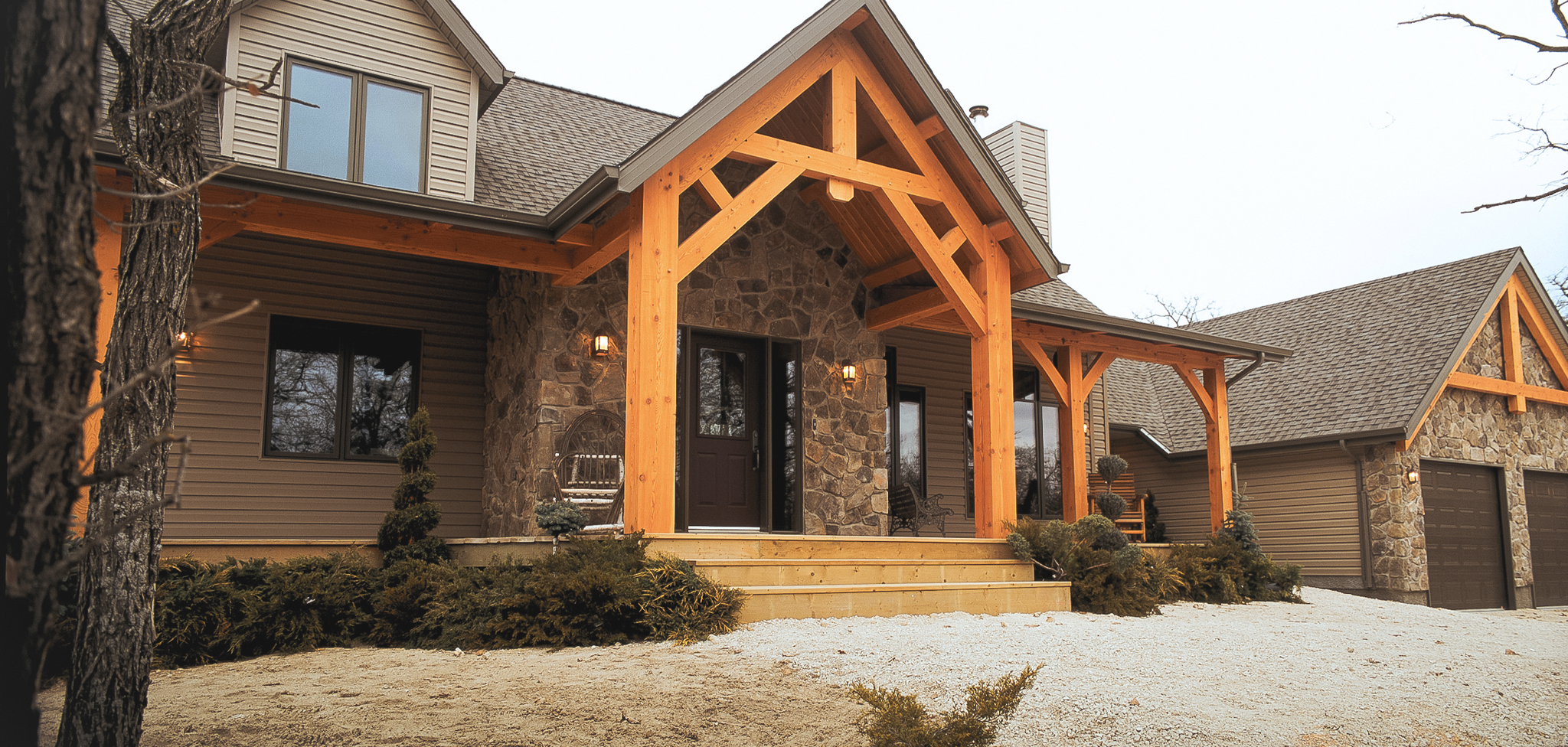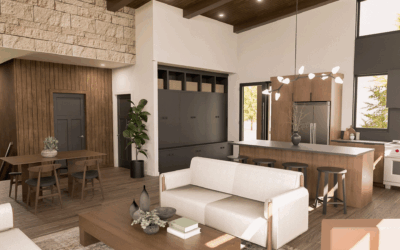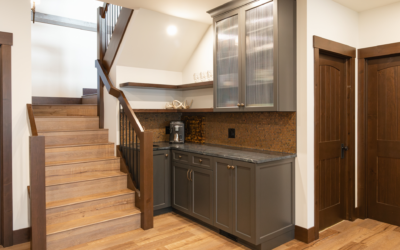Can you start a custom build in the middle of a Manitoba winter? Absolutely! This is a conversation we frequently have with our clients. Many people associate construction with the summer months, likely because that’s when roadwork tends to disrupt our commutes. However, when you consider that most custom home or cottage builds take 8 to 12 months, with some larger projects stretching even longer, there’s a good chance your build will overlap with at least part of the winter season.
Ideally, you’d get the basement, framing, and exterior done while the weather is mild, then work indoors through the colder months. But in Manitoba, our first snowfall can come as early as October, and the snow can linger until late April. With half the year being winter, pausing all project starts until spring isn’t practical. Besides, if all builds were condensed into just six months, tradespeople would find themselves without work during other times of the year.
Naturally, you might wonder if starting your dream home in the winter is the right decision. Can you feel confident about it? Are there more risks compared to a summer start? These are all valid questions, and I am here to help ease any concerns you may have.
Is it safe to build in the winter?

Is it safe to build in the winter? Yes. We dig basements year-round. The only real difference is that concrete needs to be heated while curing in the winter, which can take 2 to 5 days depending on the conditions. Once that’s done, the process continues as usual.
Does quality suffer in cold weather?
Not with our builds. Quality comes down to having experienced sub trades and project managers. Companies that uphold high standards in the summer do the same in the winter. Weather doesn’t change the commitment to craftsmanship.
Are there unique challenges when building in the winter?
Yes, but summer has its challenges too. Winter precautions, like heating the foundation, are necessary, but regardless of when construction starts, the building must be designed to withstand Manitoba’s climate. We always prepare for things like frost to ensure long-lasting results.
What about moisture from snowstorms?
Winter actually presents fewer risks in this regard. Our cold, dry winters are easier to manage when it comes to keeping structures dry. Snow can be shoveled off, while rain in the summer is harder to control. We aim to get builds enclosed quickly to avoid prolonged exposure to the elements, no matter the season.
Does anyone work when it’s -30°C?
Yes, although there’s a limit. While we’re used to working in the cold, extreme conditions—like temperatures below -30°C or severe wind chill—can cause tools to malfunction, making it counterproductive. These days are typically few and far between, and they don’t amount to more downtime than summer holidays.
Is winter construction more expensive?
Not necessarily. The main added cost in winter is heating the concrete, but this is offset by reduced heating costs later. Starting in summer means you’ll need to heat the entire house throughout the winter for trades to work, whereas with a winter start, those few days of heating concrete are far less significant.
So, would we build our own homes in the winter?

So, would we build our own homes in the winter? Yes, in fact, we have. We dug my brother Glen’s basement just before Christmas, poured the concrete over the holidays, and framed it in January—and it turned out great.
Instead of asking when to start your build, consider when you’d like to move in. The six to eight-month design process leading up to construction is typically the busiest time for homeowners, with most major decisions being made. Pick a time that works for your schedule, and we’ll handle the rest, weather included. Custom build with confidence!











